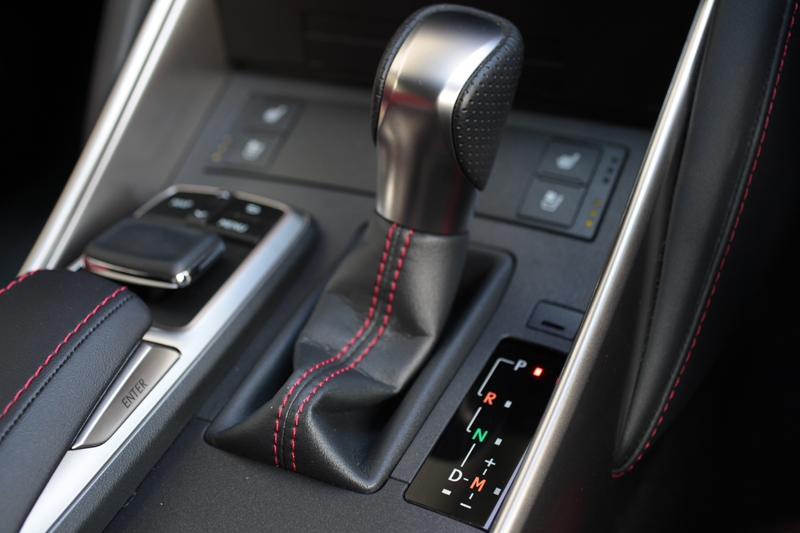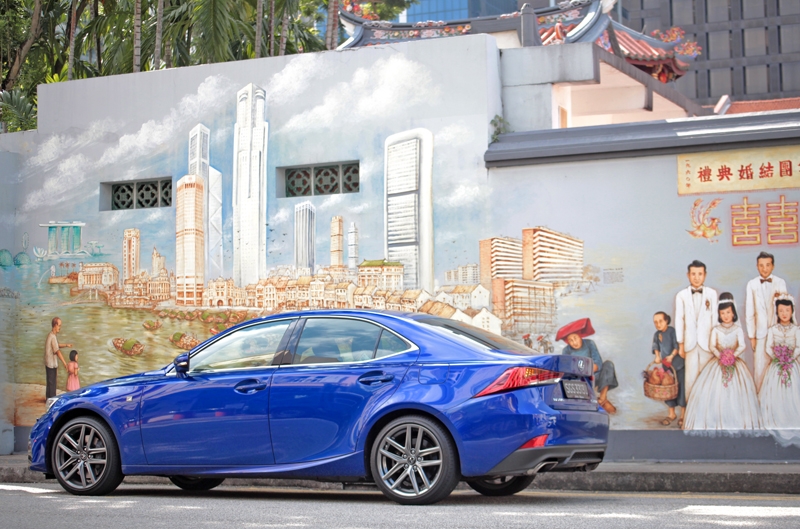It’s a little nip and tuck to keep the car relevant — or is it just a vain effort?
Photos by Azfar Hashim
Lets get things straight here. This is the 2017 Lexus IS, but it’s not a new model. What Lexus had done is merely give some aesthetic nippin’ and tuckin’, just to keep it relevant when placed next to its largely German peers.
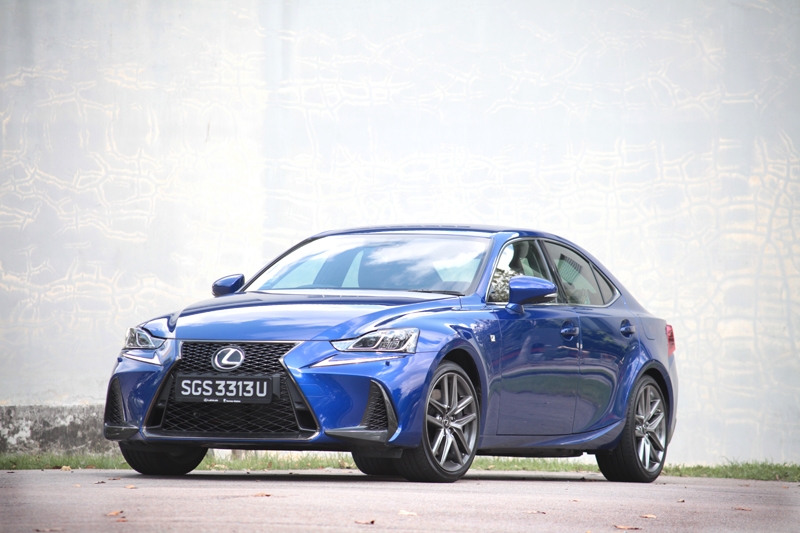
For its face, the 2017 Lexus IS 200t F-Sport test car here had been given a slightly aggressive twist: Tweaked headlamps, a new honeycomb spindle grill and larger air intakes on the lower part of the front bumper (which also saw the deletion of the foglamps).
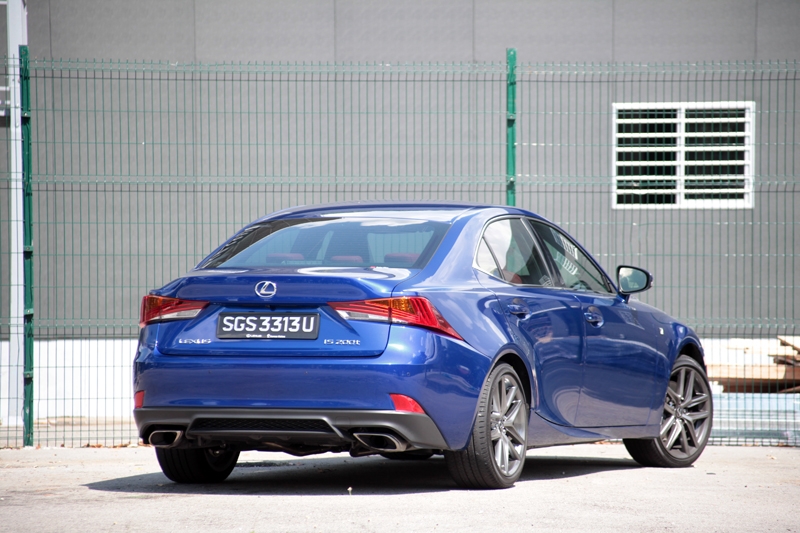
Behind, the tail lamps were redesigned as well, namely the repositioned signal repeaters and reverse lamps; this new package includes an additional light strip, more obvious when viewed at night. Besides those, the bumper’s valance is also new - now more pronounced - matched to a pair of trapezoidal exhaust tips. Undeniably, the little changes made the entire rear classier now.
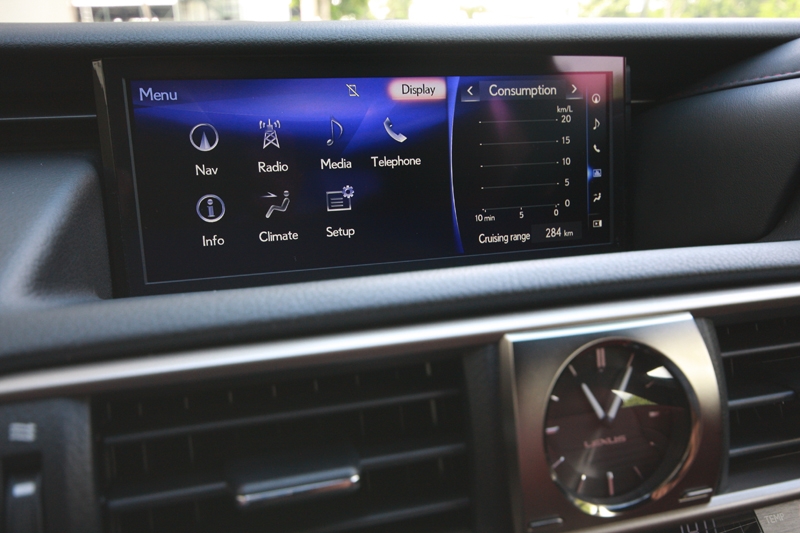
Inside, the IS 200t has now gotten a larger screen. Previously 7.0-inch, it is now 10.3 inches, which also boasts better resolution; unfortunately though, the mouse-like controller still needed some getting used to. That aside, control buttons on the perfectly sized steering wheel, which used to be circular in shape, is now rectangular — subtle much?
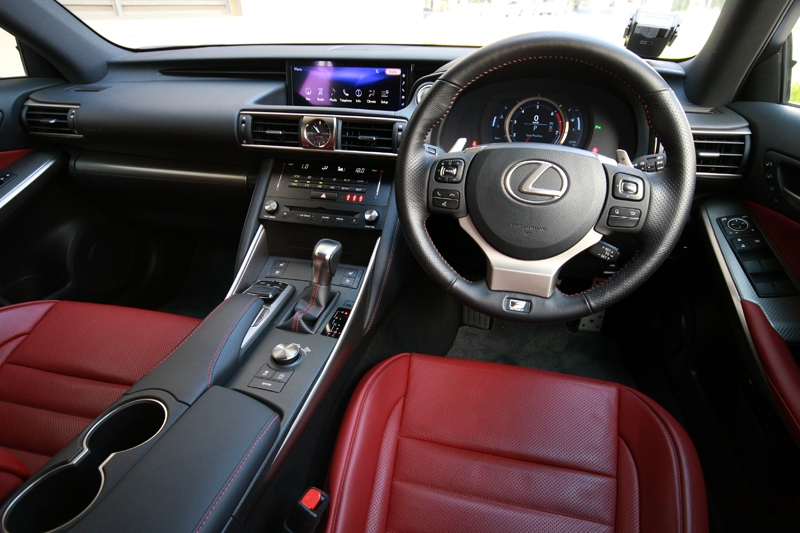
The rest of the interior remained untouched, which is a good thing as the build quality is already laudable even when compared to its competitors.
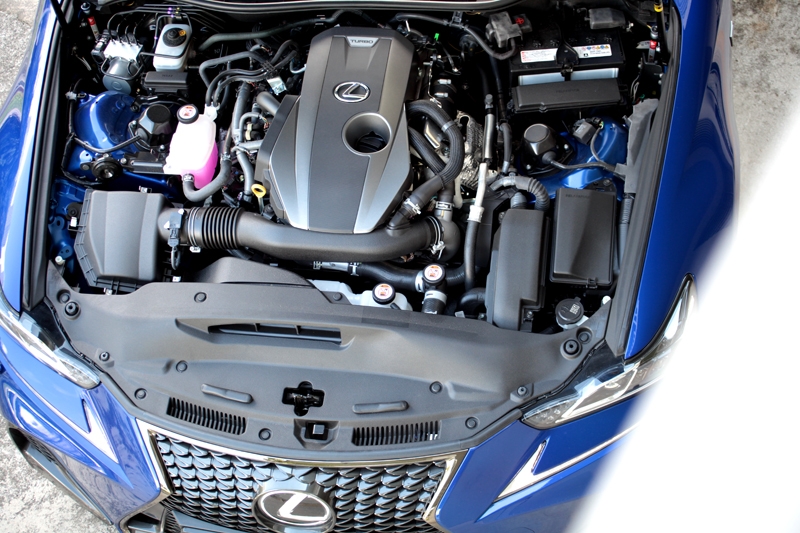
Powering the car is the same turbocharged 2.0-litre engine matched to an 8-speed automatic transmission; power output is a respectable 241 bhp and 350 Nm, allowing the car to get to 100 km/h from standstill in 7.0 seconds flat.
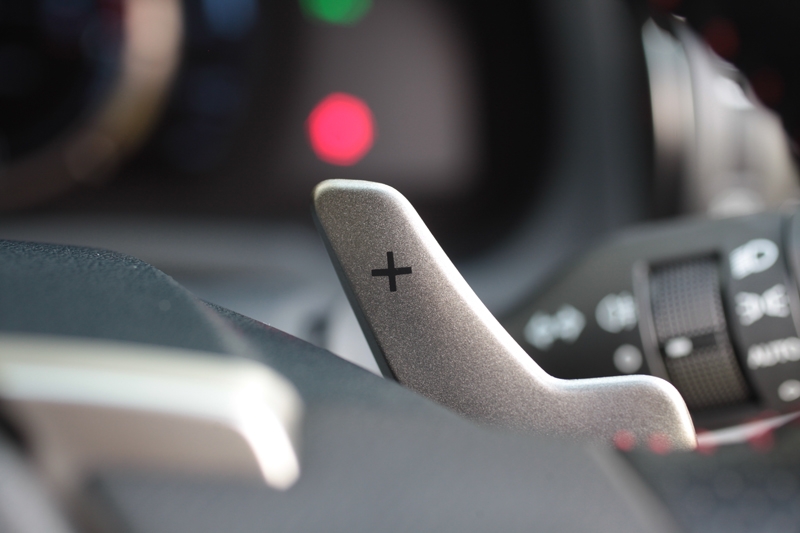
It feels light-footed moving off traffic light junctions, covering distance in a gentlemanly manner. While the transmission shifts up smoothly, downshifts are best done manually as it seemed to take a little longer than usual when figuring out whether it should go down one or two gears. In this respect, the unit in Audi’s A4 2.0 TFSI would be a good example to emulate.
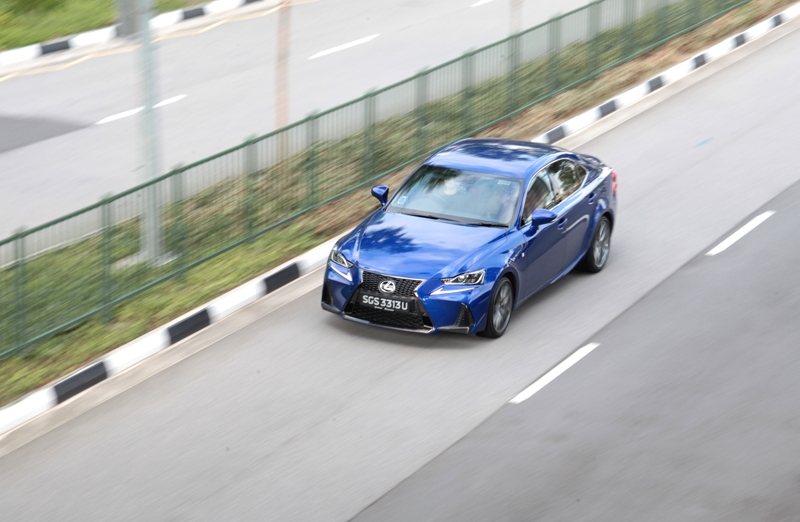
While Lexus did not mention any other changes, there’s this suspicion that they have also improved the NVH (noise, vibration harshness) level throughout the cabin — wind and engine noise are less intrusive at three-figure speeds, which made highway cruises more pleasant.

Handling wise, it remained neutral and effortless although steering feel could still do with a slight improvement to keep up with BMW’s 3 Series.
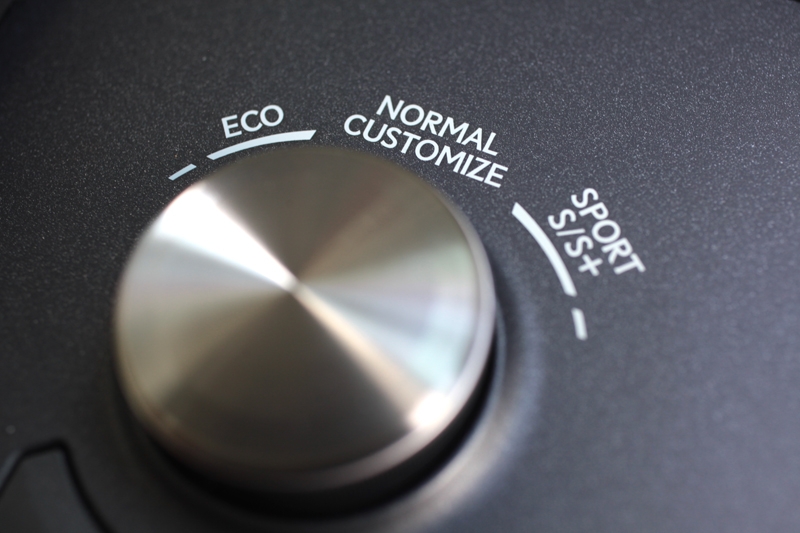
Speaking of which, the Drive Mode Select now comes with a ‘Customise’ mode, complimenting the Eco, Normal, Sport and Sport+. Like BMW and Audi, which has this option, it’s good to know that Lexus has adopted something similar — well at least now you have the flexibility to select, say, the engine and transmission in Normal mode while the suspension in Sport mode.
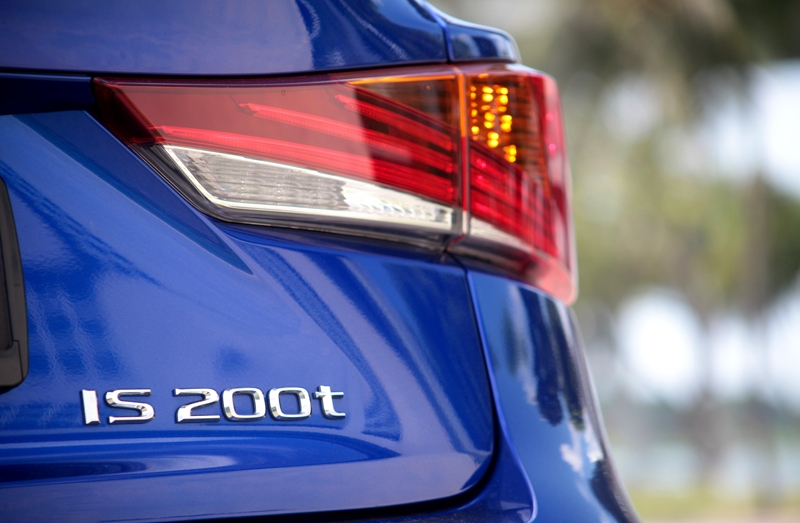
As a whole, the updated Lexus IS 200t remains a relevant competitor in its challenging segment. The minor changes and additions somewhat makes it an attractive proposition, even with that $227k asking price; especially after you compare it next to the $236,200 A4 2.0 TFSI quattro, $235,800 330i M-Sport and $240,888 C250 AMG Line.
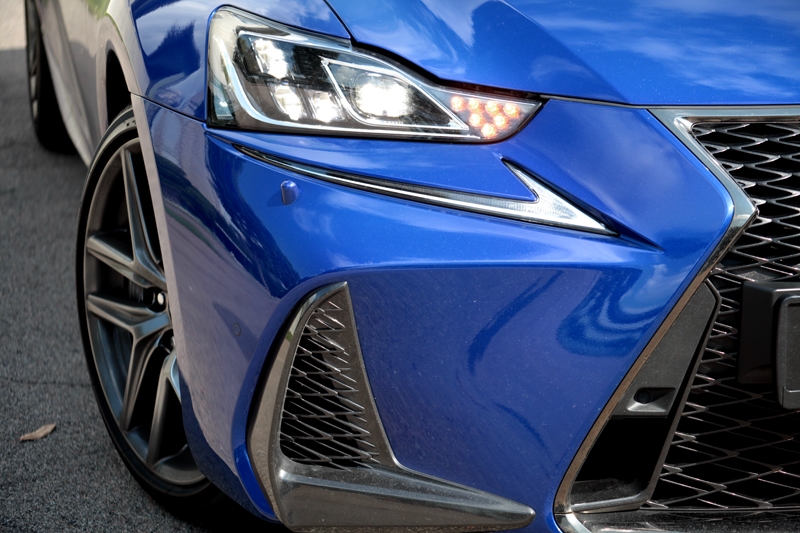
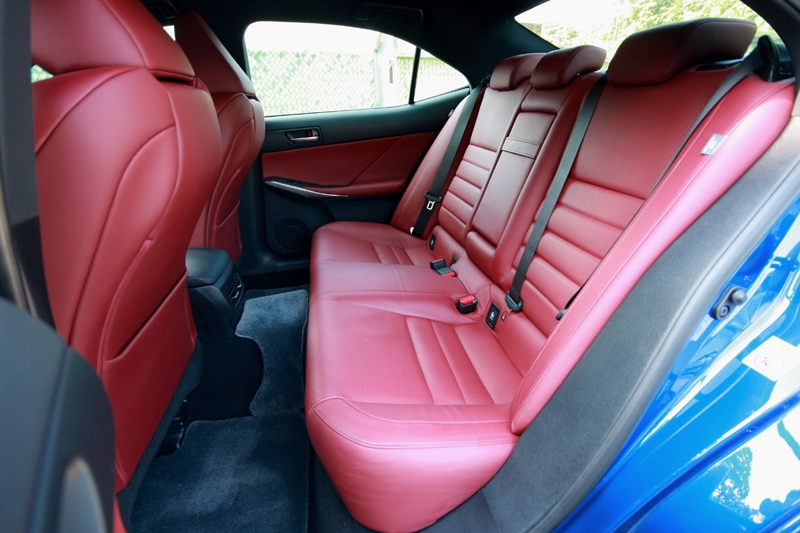
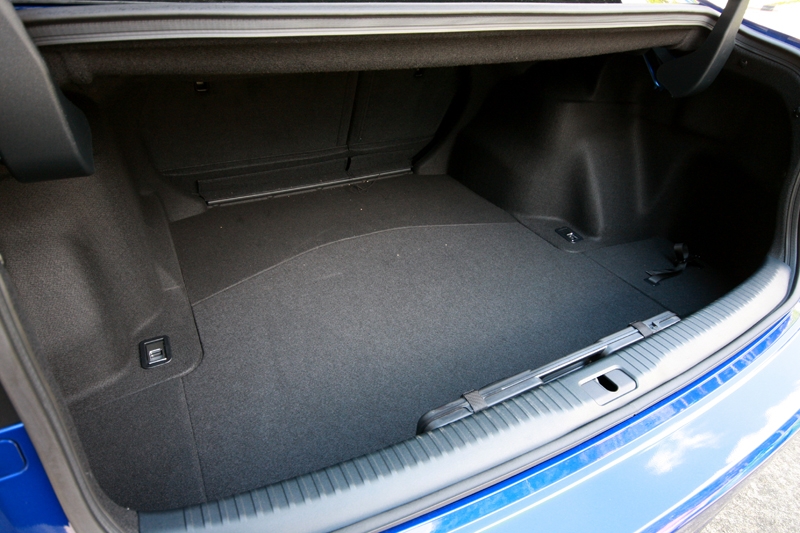
480-litres worth of space on offer
